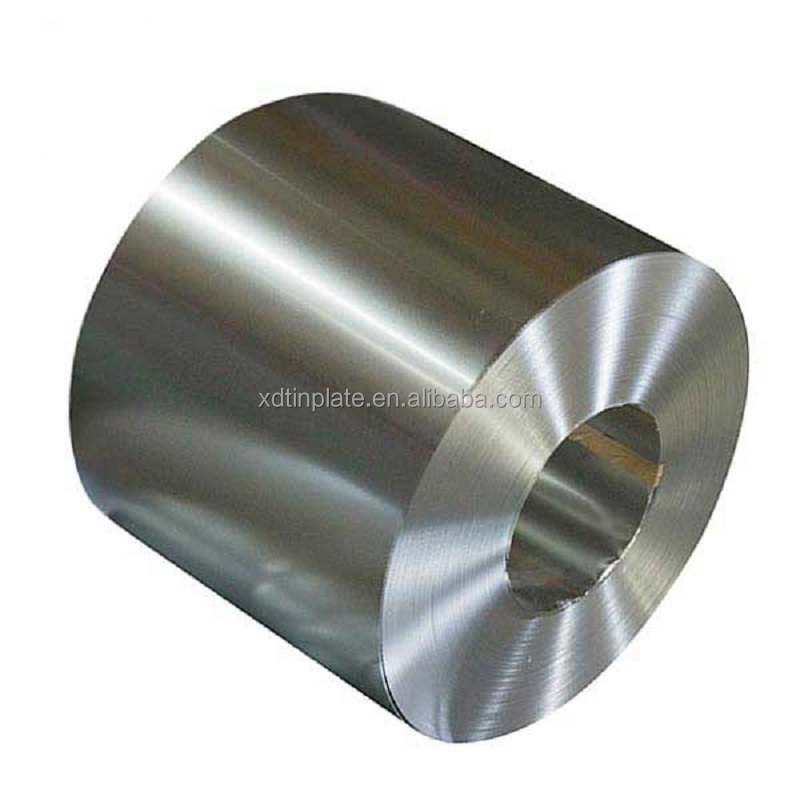...
2025-08-14 08:16
848
...
2025-08-14 08:13
132
...
2025-08-14 07:40
772
...
2025-08-14 07:19
1249
...
2025-08-14 06:48
1205
...
2025-08-14 06:44
2447
...
2025-08-14 06:31
1261
...
2025-08-14 05:58
979
...
2025-08-14 05:38
1310
...
2025-08-14 05:36
1771





